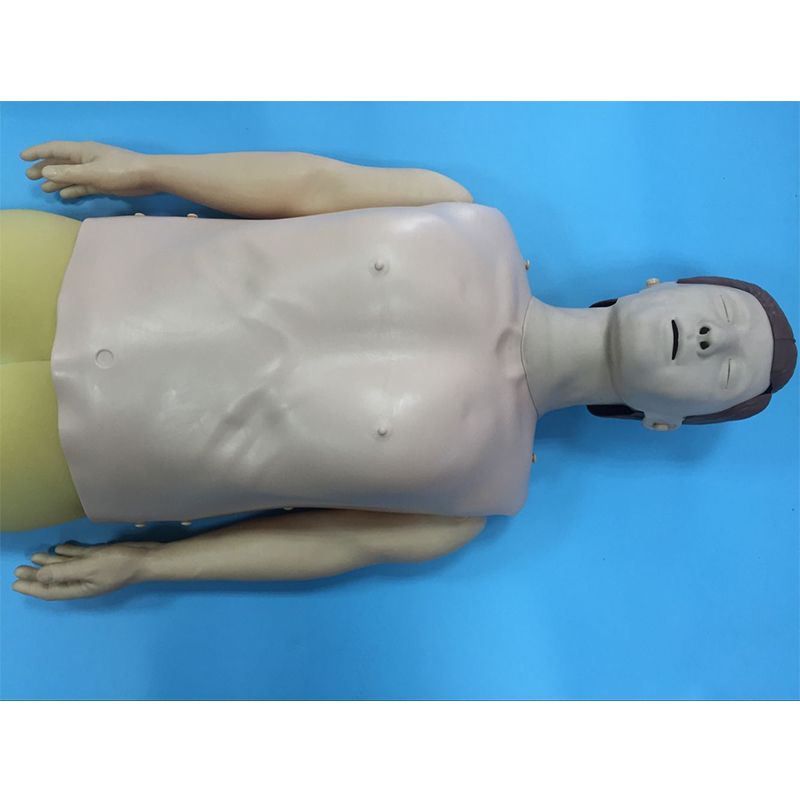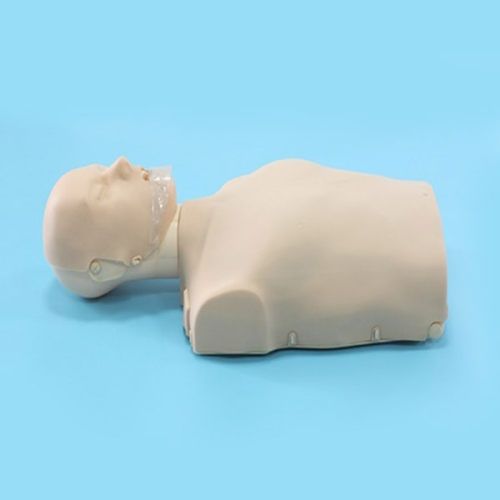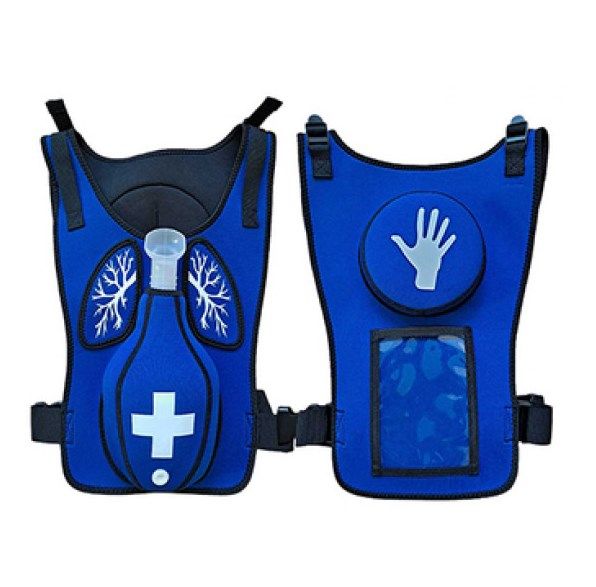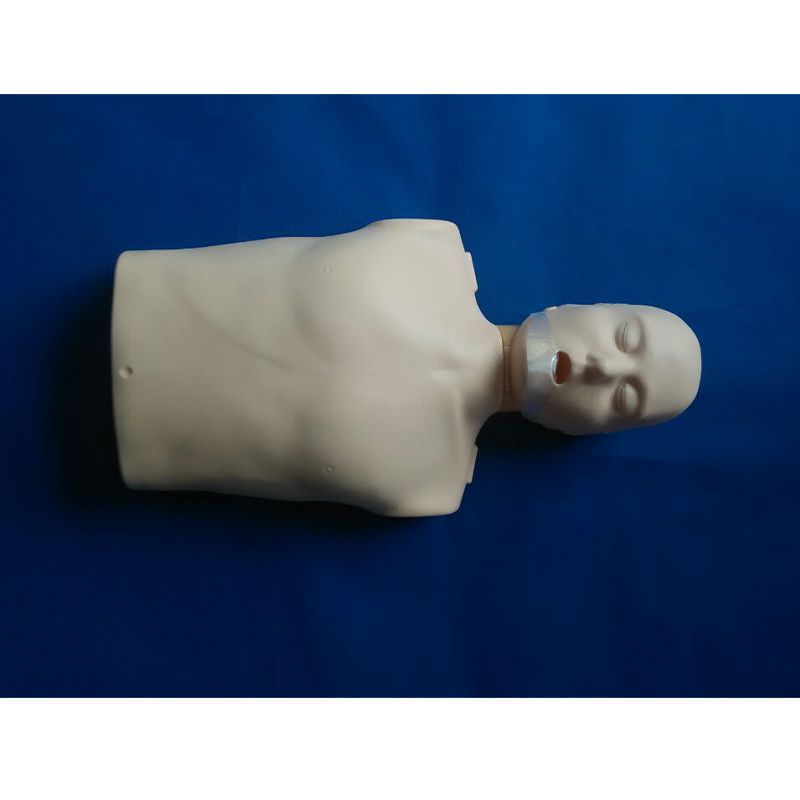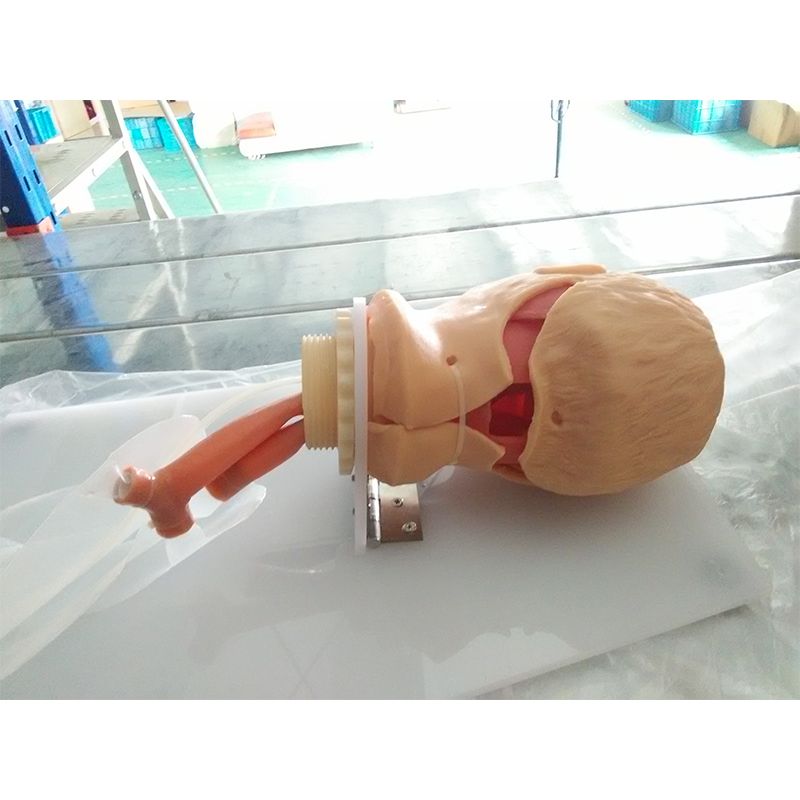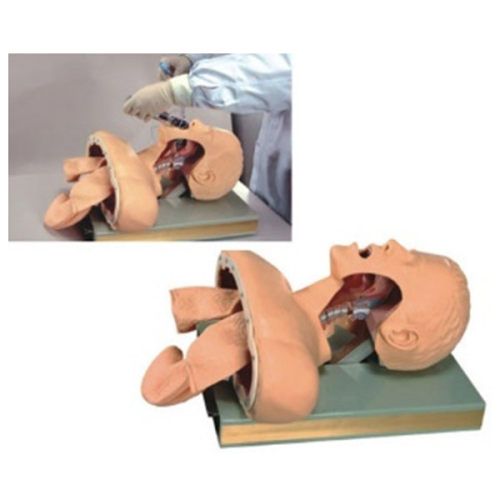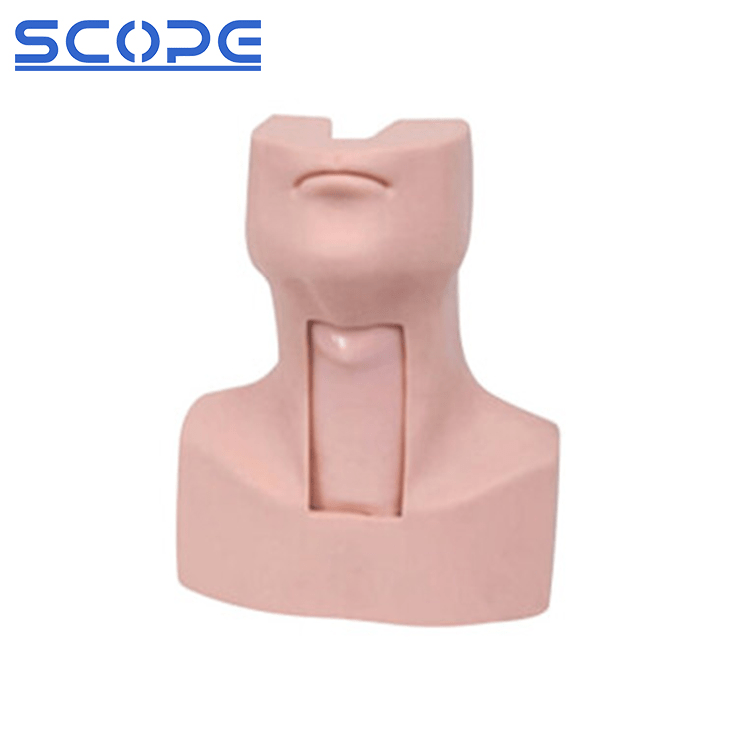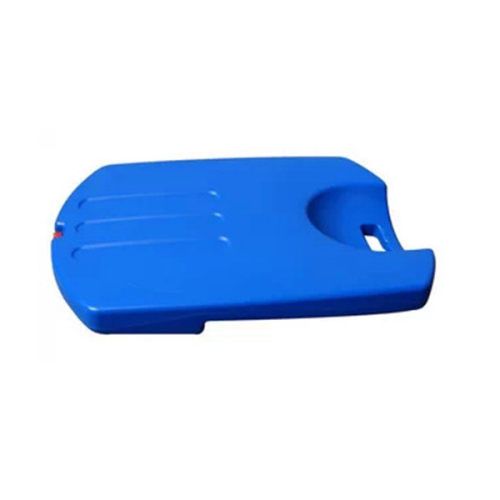Emergency Medical Services (EMS) providers play a critical role in saving lives by providing immediate medical care in pre-hospital settings. Effective training is essential for EMS personnel to develop the skills and knowledge necessary to handle a wide range of medical emergencies. EMS training manikins have become indispensable tools in simulating real-life scenarios and providing hands-on practice for various medical procedures.
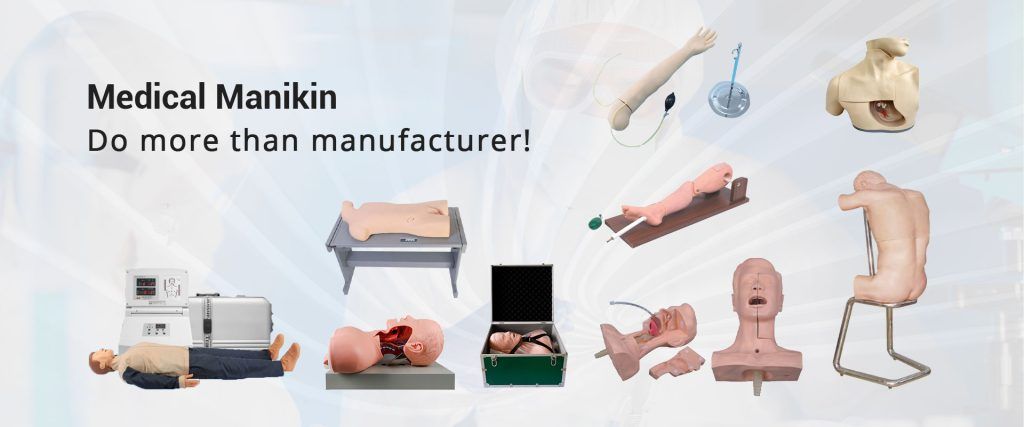
The Role of EMS Training Manikins in Skill Development
EMS training manikins are designed to replicate the human body, allowing trainees to practice medical procedures in a controlled environment. These manikins offer a safe and effective way to learn and refine skills without risking patient safety. By providing realistic simulations, manikins help trainees develop muscle memory, improve decision-making abilities, and build confidence in their skills.
Benefits of using EMS training manikins:
- Safe and controlled environment: Manikins allow trainees to practice procedures without harming real patients.
- Realistic simulations: Manikins can simulate various medical conditions and scenarios, providing a realistic training experience.
- Hands-on practice: Manikins enable trainees to develop muscle memory and improve their technical skills.
- Feedback and assessment: Manikins can provide feedback on performance, helping trainees identify areas for improvement.
- Cost-effective: Manikins are a cost-effective alternative to training on real patients.
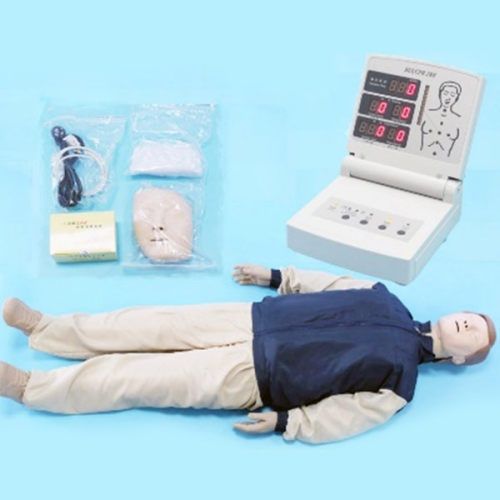
Key Training of EMS Training Manikins
CPR Training: The Foundation
CPR is one of the most fundamental skills for EMS professionals. Training manikins designed for CPR provide realistic chest resistance, allowing trainees to practice the proper depth and rate of compressions. CPR Training manikins are equipped with feedback systems that give real-time information on the effectiveness of the compressions and ventilations.
The importance of proper CPR technique cannot be overstated, as it directly impacts the survival chances of patients experiencing cardiac arrest. Manikins offer the opportunity to practice this life-saving skill repetitively, ensuring that trainees are prepared to deliver high-quality CPR under pressure. In addition, some advanced CPR manikins can simulate different patient conditions, such as age and body size, helping EMS professionals tailor their approach.
Intubation Training: Advanced Airway Management
Intubation is a critical skill in emergency care, allowing EMS professionals to secure a patient’s airway and ensure proper ventilation. Manikins designed for intubation training replicate the complex anatomy of the human airway, making them invaluable for developing precision and proficiency in this delicate procedure.
Trainees can practice placing endotracheal tubes while navigating realistic airway structures, including the tongue, vocal cords, and trachea. Additionally, some manikins allow for simulated complications, such as difficult airways or airway obstructions, providing EMS professionals with the opportunity to practice troubleshooting in real time. Mastering intubation through manikin training builds the confidence necessary to perform the procedure under emergency conditions, where every second counts.
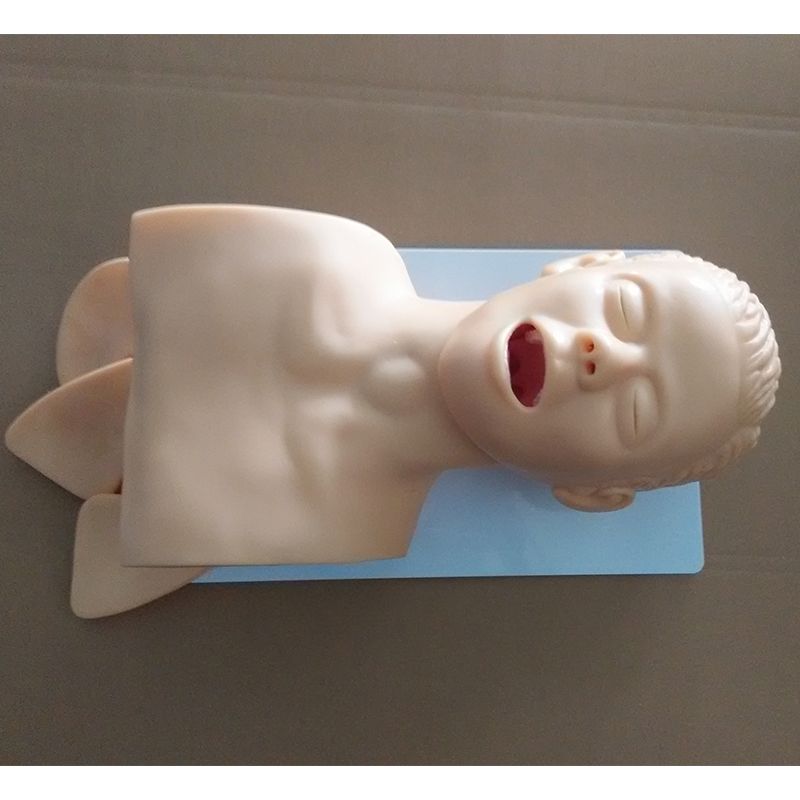
Other Critical EMS Skills Simulated with Manikins
Bleeding Control and Trauma Care:
Manikins designed for trauma training allow EMS professionals to practice hemorrhage control, wound packing, and tourniquet application. These manikins can simulate realistic bleeding scenarios, giving trainees the chance to react to varying degrees of trauma.
Defibrillation and Shock Management:
Many training manikins are equipped to simulate cardiac arrest scenarios, allowing EMS professionals to practice defibrillation and understand shock rhythms. This training ensures that professionals are familiar with using automated external defibrillators (AEDs) or manual defibrillators in real-life emergencies.
Monitoring and Assessing Vital Signs:
Advanced EMS training manikins often have simulated vital signs such as heart rate, pulse, and blood pressure. This feature helps trainees develop diagnostic skills, allowing them to assess a patient’s condition and make quick, informed decisions.
Chest Decompression or Advanced Interventions:
For high-level trauma care, some manikins are designed to facilitate practice for advanced interventions, such as chest decompression for tension pneumothorax. These manikins provide a safe environment to practice invasive procedures, which are crucial in life-threatening situations.
Advancement of EMS Training Manikins
The evolution of EMS training manikins over the years has been remarkable. Initially, these tools were simple dummies used for basic CPR training. However, with technological advancements, today’s manikins are equipped with features that simulate human physiology and responses with incredible accuracy. Modern manikins include integrated sensors, feedback systems, and even artificial intelligence (AI) that enable interactive learning and assessment.
These advanced models can simulate real-time scenarios, such as fluctuating vital signs or sudden respiratory failure. Some manikins are also capable of wireless connectivity, allowing instructors to monitor and control scenarios from a distance. This level of interactivity gives EMS professionals the chance to experience a wide range of emergencies and medical conditions, thus enhancing their problem-solving abilities in dynamic, unpredictable environments. Additionally, modern EMS manikins are designed to be modular, which means they can be adapted to train for various skills—from basic first aid to advanced trauma care.

Choosing the Right Manikin for EMS Training
Selecting the appropriate EMS training manikin depends on the specific training needs and budget. Factors to consider include:
- Intended use: Determine the types of procedures that will be practiced and the level of realism required.
- Features: Consider features such as airway management capabilities, defibrillation options, and simulated vital signs.
- Cost: Evaluate the cost of the manikin and any additional accessories or maintenance requirements.
- Durability: Choose a manikin that is built to withstand frequent use and cleaning.
Basic CPR manikins may be sufficient for entry-level training, while more advanced programs may require manikins capable of simulating complex medical conditions. These manikins offer a versatile, safe, and realistic environment for EMS professionals to hone their abilities. As technology continues to advance, the role of these manikins in emergency medical training will only grow, ensuring that EMS professionals are well-prepared for the unpredictable and high-pressure nature of their work. If you are looking for a EMS Training Manikins Supplier, please feel free to contact Scopelab, believe we can provide you quality products with reliable services.
